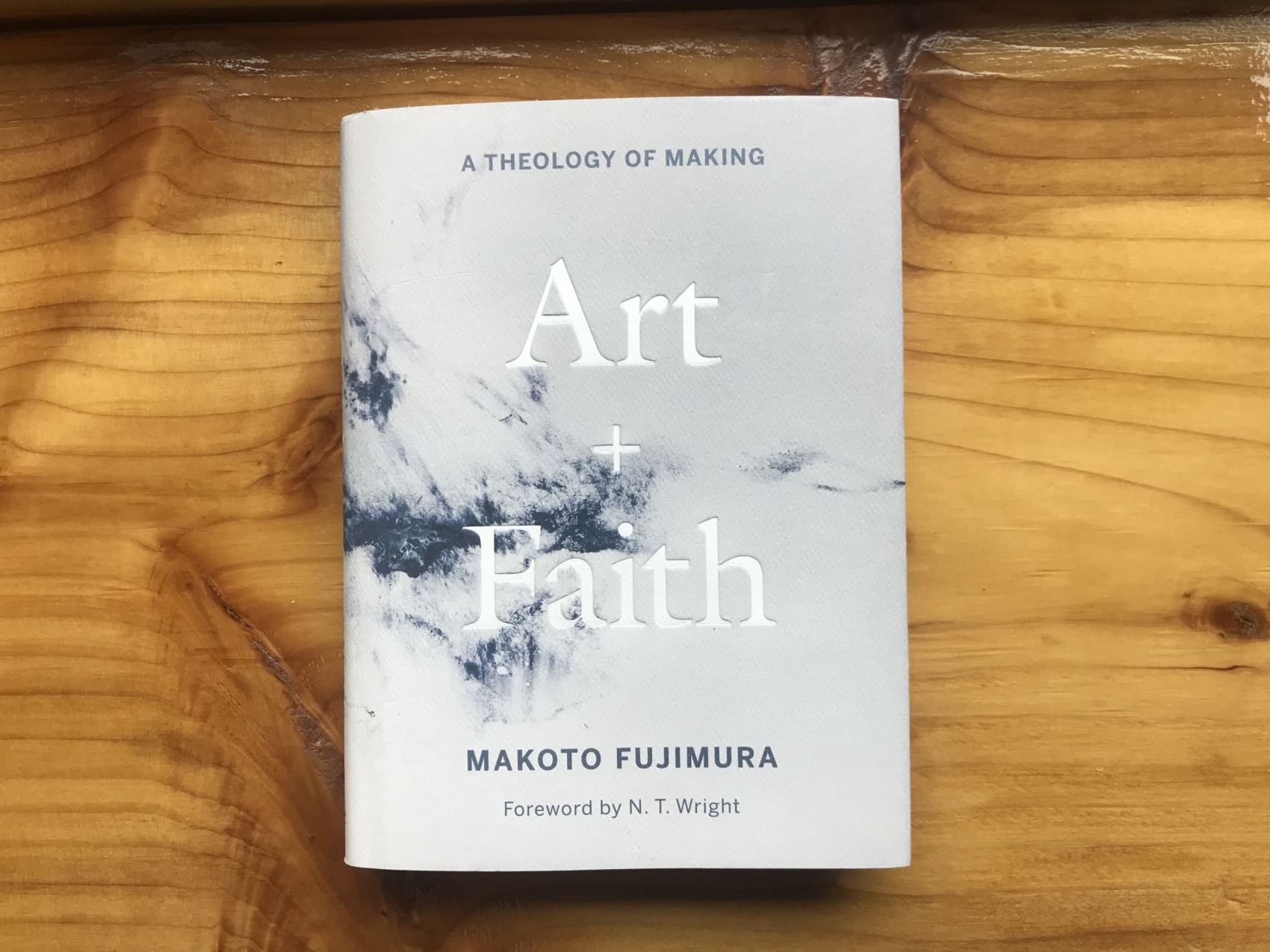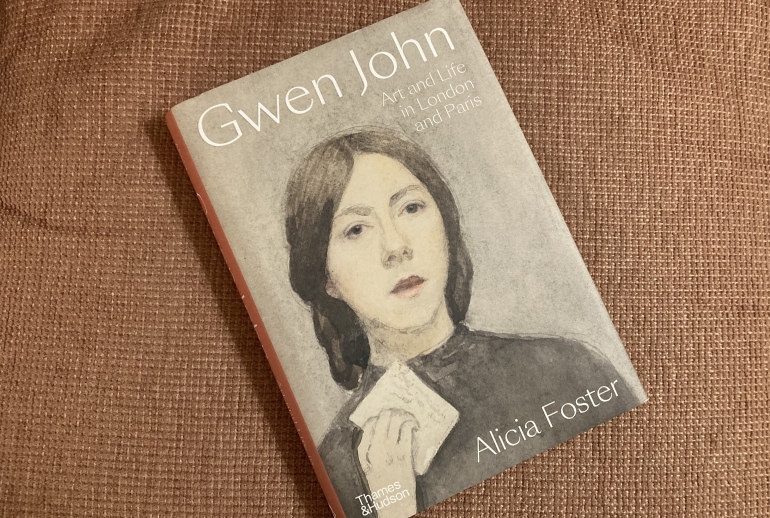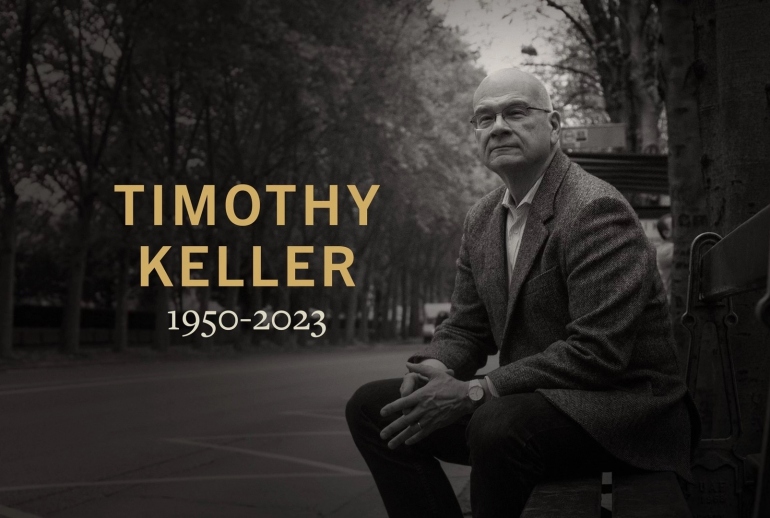Book titles can be troublesome. As this one is.
It’s exactly right as a description of what the book is about. Exactly right. On the other hand, if even a few potential readers pass it by because at the moment they aren’t overly eager to work through a book about art and theology, that would be a shame. This is a serious book but accessible to any serious reader who wants to reflect on the place of creativity in their life, culture, and worldview. Art + Faith is a rich meditation on life and faith, embedded in a deeply biblical vision of human flourishing. In its pages we find a Christian understanding of beauty and brokenness, truth and creativity, art and community that can transform both our individual lives and our churches. It is imaginative and freeing—just the sort of reading that followers of Jesus need in a time of political fragmentation, economic uncertainty, and increasingly widespread ecclesial disenchantment.
In his 2014 book, Culture Care: Reconnecting with Beauty for our Common Life, artist Makoto Fujimura showed how Christian faithfulness freely embraces art and creativity because God created not out of need but imaginatively, out of his abundant, prodigal love. So, our creativity—whether we are artists or not—is not primarily utilitarian but instead is an expression of love—love for God and neighbor—because we bear the image of the Creator. “Beautiful things,” Fujimura insists, “are a delight to the senses, a pleasure to the mind, and a refreshment for the spirit” (p. 32). Like truth and glory and goodness, all find their source in God, revealed in Christ. Therefore, they are life-giving, “generative,” Fujimura says, and so are essential to the gospel the people of God can be eager to demonstrate before a watching world. As daughters of Eve and sons of Adam we are to continue the calling given at the beginning, to “serve and bless and transform the wider world” (p. 71). This is a true Third Way to live, freed from the cramping confines of Right / Left, Conservative / Liberal. Our primary allegiance to God’s kingdom under Christ’s Lordship emancipates us to serve the common good without becoming captive to ideologies or cultural warfare. “Culture is not a territory to be won or lost,” Fujimura insists, “but a resource we are called to steward with care. Culture is a garden to be cultivated” (p. 22).
Now, in Art + Faith, Fujimura picks up this theme and develops it further. In a sense the book is a study of St. James’ instruction to “be doers of the word, and not merely hearers” (1:22). Because he is an artist, Fujimura asks us to consider “doing” as “making.” Faith is not merely a matter of belief, mental assent, but is an ultimate allegiance that transforms, and is therefore expressed in all we do. This, Fujimura asserts, is the beginning of a theology of making that should inform all our lives because we are all called to be creative across all of life and culture to God’s glory.
As an artist caring for culture, I must ask very simple but expansive questions into the act of making. “What if” I ask in this book, “imagination is seen as necessary, and central, even a requirement for our faith journeys? What if what is central to God’s reality is not the mechanistic, utilitarian survival of species, but the exuberant abundance of Creation and New Creation? What if artists can lead in the way of such training, and artists were seen as invaluable parts of church leadership?” In other words, what we consider to be necessary in the industrial sense, of our bottom-line values of efficiency, utility, and pragmatic survival, may not be, in God’s eyes, the most central manifestation of God’s love into the world. Perhaps, I ask as an artist, being an artist is not an anomaly to faith, but is central to faith and to the place of the church in the world; and in order to understand the fullness of the grace of God, we all must think, act, and make like an artist. Artists can lead in the rediscovery of the central purpose of our being to make. (p. 87)
Art + Faith is a bit denser than Culture Care, but don’t let that deter you. Fujimura is not merely sharing some ideas with us or asking us to think differently about a few things. Rather, he wants us to see differently, to be transformed, reformed in mind and heart and imagination, and that process is always a bit discomfiting. In the process he also challenges a number of cultural values and assumptions that some followers of Jesus take so much for granted that his challenge will be uncomfortable, if not threatening. Fujimura insists we live in God’s Creation, now broken, awaiting the full redemption of the cross when Christ returns, and so our making now, our creativity now, is kingdom work that matters in the New Creation, and makes it present. It is a vision of life well lived, with purpose and meaning beyond imagining.
One more thing. Art + Faith is worth careful reading and discussion. It would be good to discuss it chapter by chapter. And there are numerous smaller sections, pages and paragraphs that are so richly provocative and imaginative that reading them aloud with the right circle of friends, could by themselves stimulate hours of conversation. For example, Fujimura changed my thinking about how to best express the Story of Scripture, which I’ve written about here. In his Foreword to the book, N. T. Wright noticed the same thing and expressed it well:
As readers will discover, the book itself is a work of art. Like Mako’s paintings, its many layers of meaning are laid carefully on top of one another, with the individual parts crafted from materials prepared with patient skill. We have here a remarkable collage of biblical exegesis and interpretation, dialogue with artists and poets, reflection on the horrors of the modern world, musings on the Holy Land, deep visible roots in the Japanese traditions of art, and the sense of personal journey undertaken in humility and hope, with weeping and worship never far from one another. In a book, of course, these necessarily appear one by one; but we quickly realize that each step in the argument colors, and gives vibrancy to, the others, and that we look through the whole collage at the great themes that emerge: the origin and meaning of all creativity in God the Maker himself; the new creation, already launched in Jesus and his resurrection; the way in which specific ancient Japanese techniques have enabled Mako to express in stunning visual effect his deep faith in the Jesus who leads his people through pain and suffering into die promised new world. The resultant picture is drawn together into a remarkable exposition, itself multilayered, of the scene in John chapters 11 and 12 where Jesus weeps at the tomb of Lazarus and engages the sisters, Mary and Martha, in rich, resonating dialogue, before Mary pours out her once-in-a-lifetime precious ointment upon Jesus himself. (p. viii)
If I sound enthusiastic about Art + Faith, it is because I am. Please read it. It is an attractive vision of life and the Church as an imaginative, creative expression of the Lordship of Christ in a pluralistic, post-Christian world. It’s a vision we need, not just to see and imagine but to flesh out day by day in the little corner of ordinary reality to which we have been called.
Photo credit: taken by the author on his trusty iPhone.



